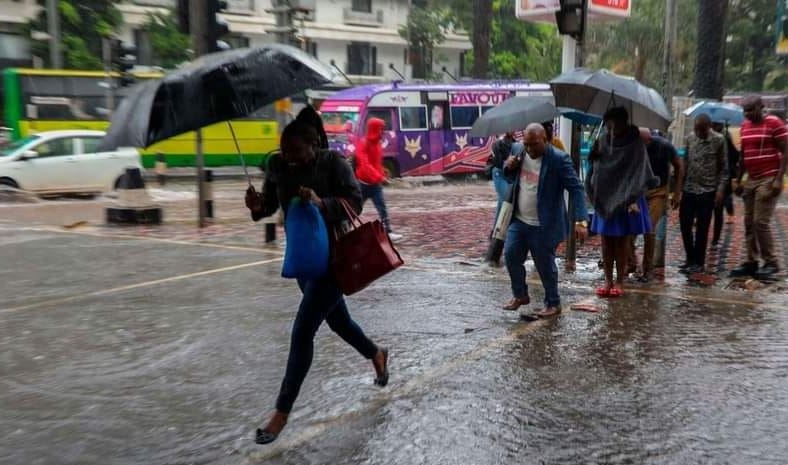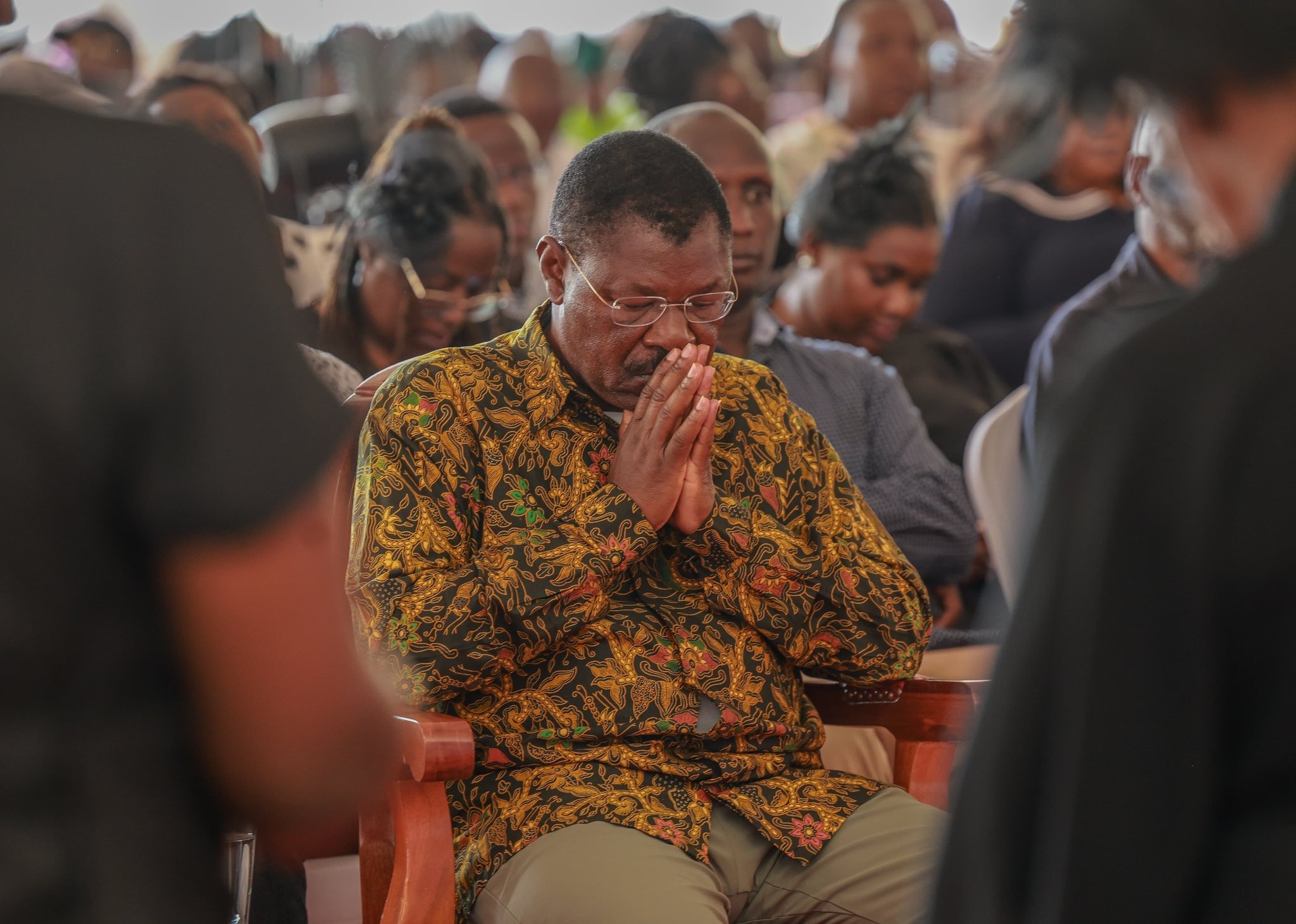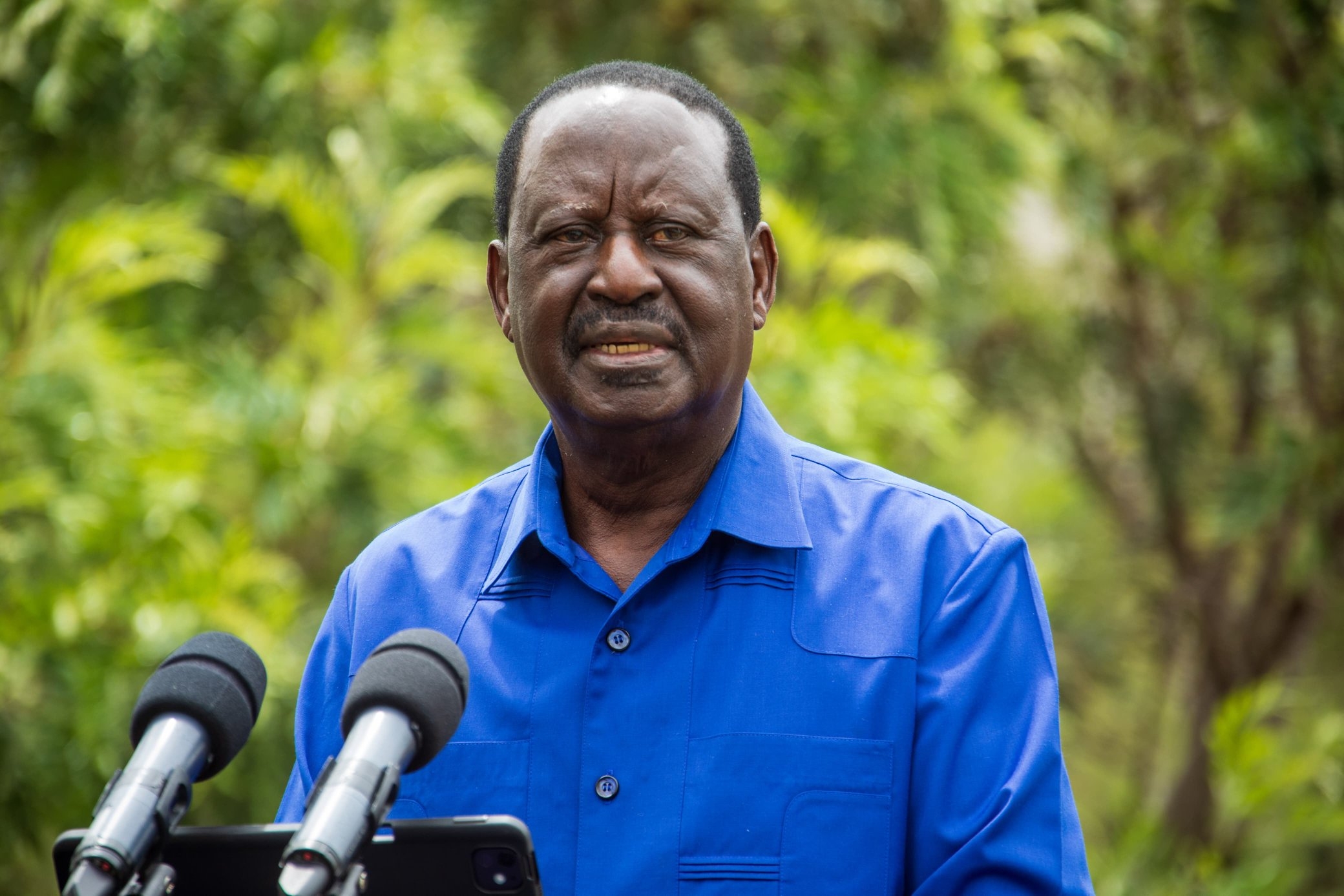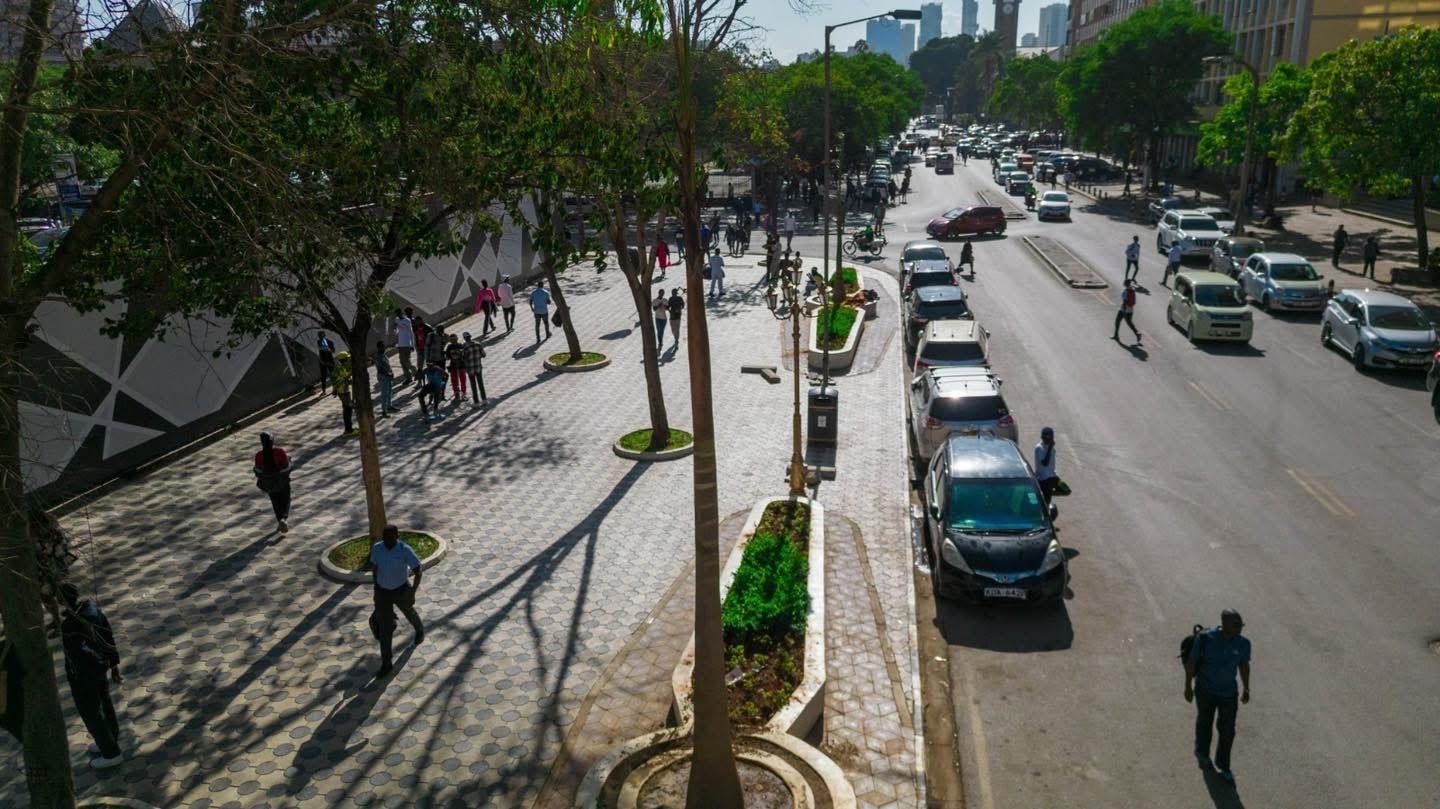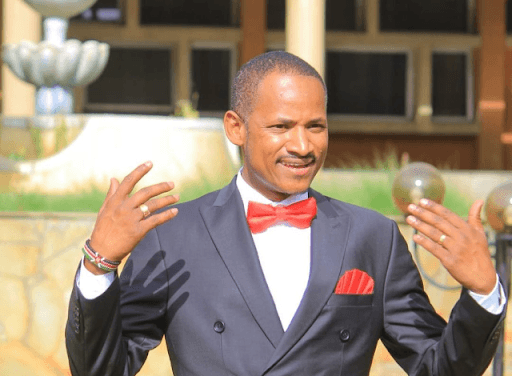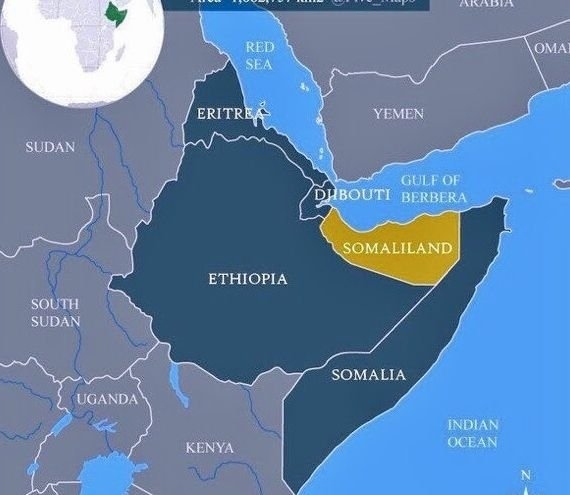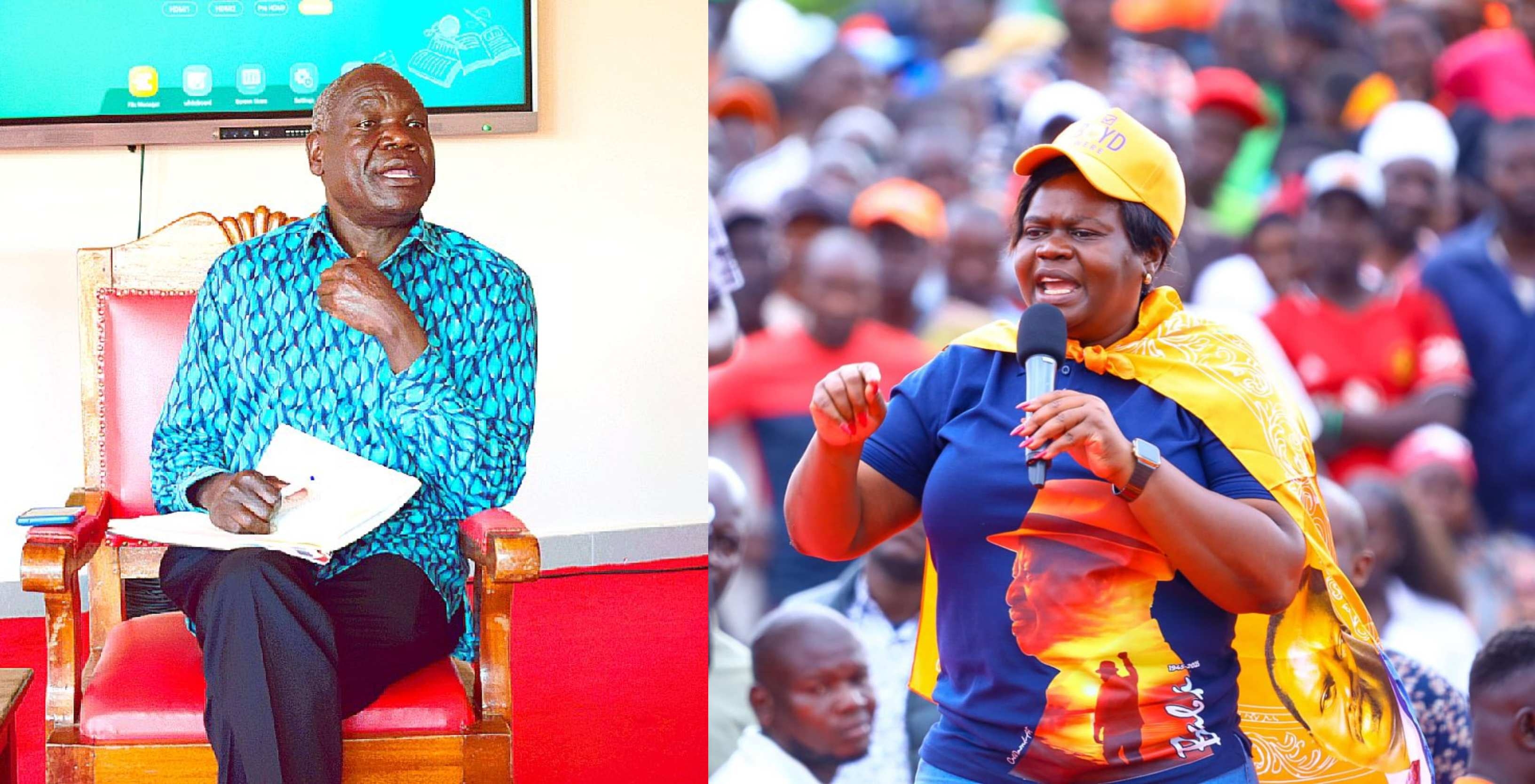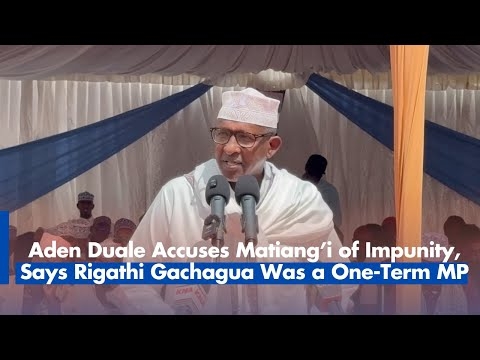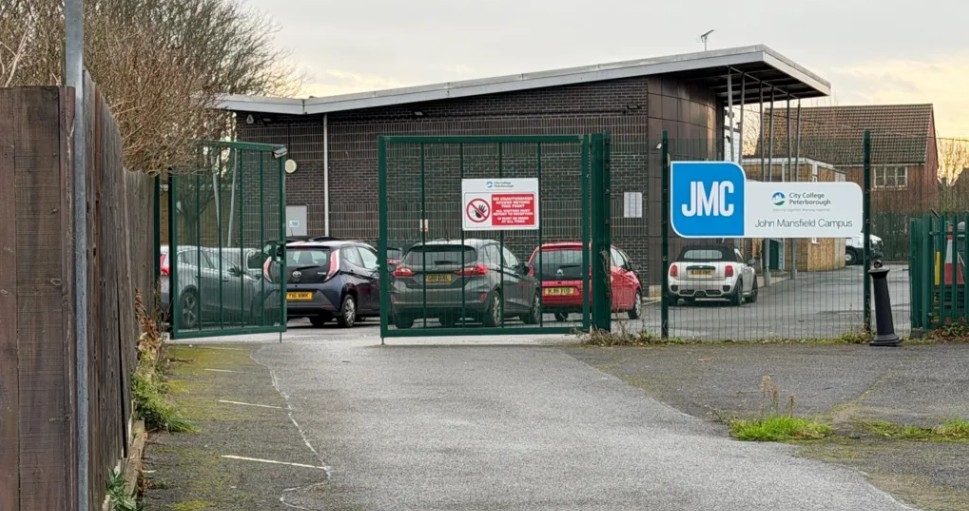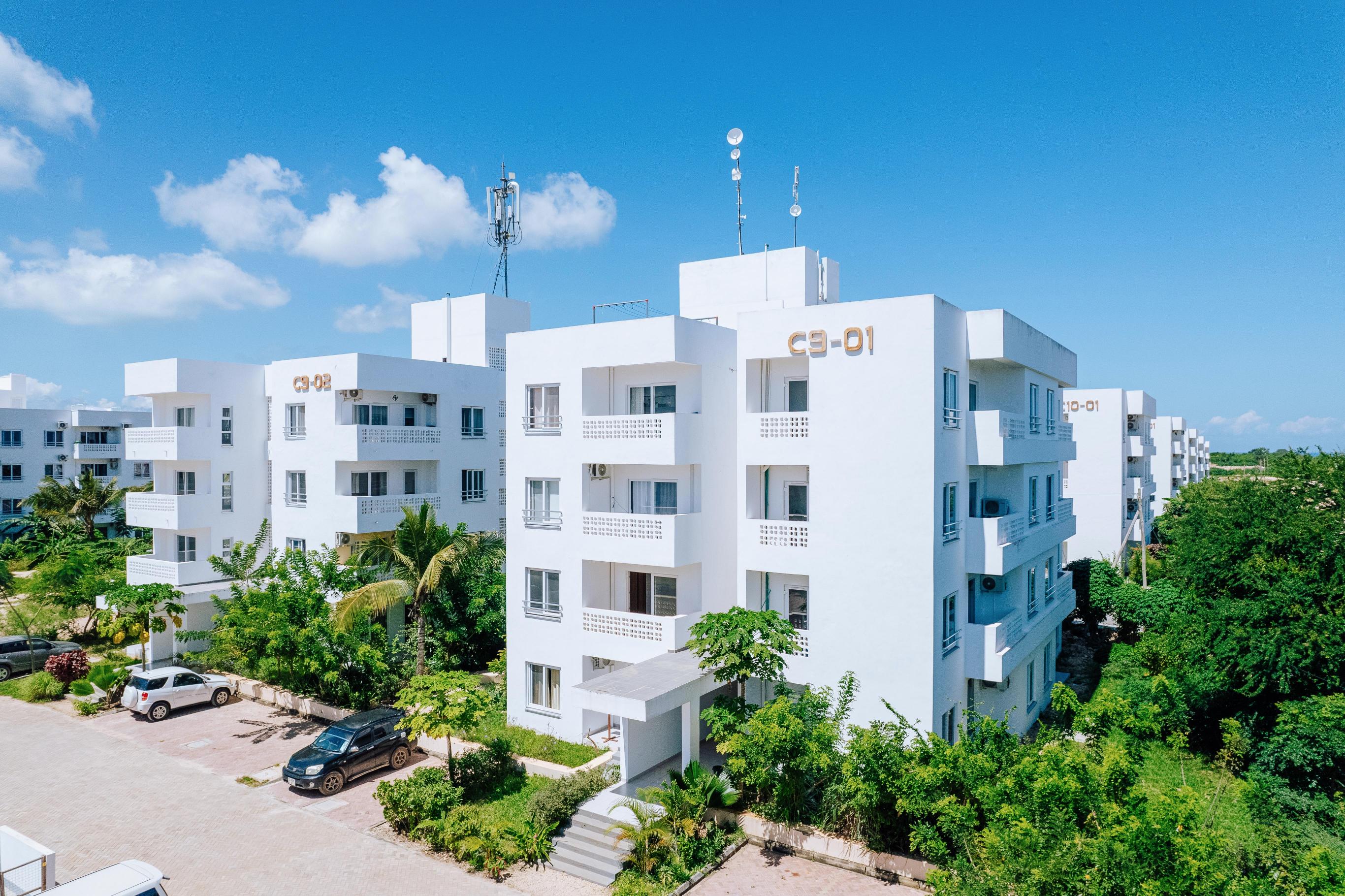 Fumba Town offers green, seaside serenity / CPS AFRICA
Fumba Town offers green, seaside serenity / CPS AFRICADeveloped by CPS Africa in Zanzibar, it is the fastest-selling real estate project in East Africa, with residents and owners from 72 countries.
“Fumba Town is a hotspot for people around the world looking for a safe spot,” CPS Africa CEO Sebastian Dietzold said.
He describes Zanzibar as an oasis of peace in a world reeling from wars, economic uncertainty and racial tensions.
The cost of living is relatively affordable, too. Travel platform Bounce ranked Zanzibar the second-best island in the world last year, noting that one can enjoy a beer “at just $1.93 (KSh250)”.
Zanzibar
is actually a collection of more than 70 islands, popularly known as the Spice Islands.
It is a semi-autonomous region of Tanzania, with its own President.
The largest islands in the archipelago are Unguja and Pemba, respectively. Fumba is on Unguja, which covers 1,666 square kilometres and has 768 people per square kilometre.
The
face of Fumba has changed significantly over the past 10 years, a
transformation pioneered by CPS.
This is a German engineering firm founded by Sebastian Dietzold (CEO) and his wife Katrin Dietzold (Chief Operating Officer) in 2012. His brother Tobias Dietzold is the Chief Commercial Officer.
The Dietzolds hail from Leipzig but have lived most of their lives in Tanzania. They aspired to make Fumba a thriving urban centre with strong community ties and eco-friendly features.
The journey to this vision called for a lot of patience and innovation.
HOW IT STARTED
Rising from the ashes of socialism, which emphasised state control, Zanzibar started opening up its economy to private investors in 1986, when the Zanzibar Investment Promotion Agency (ZIPA) was formed.
In 1992, ZIPA declared Fumba a Free Economic Zone (FEZ). This put the 3,000ha territory under special regulations to attract foreign investment. But for decades, no major developments were undertaken.
Reforms in 2004, 2018 and 2023 gave ZIPA more leeway to promote and facilitate investment, culminating in its elevation from an agency to an authority.
When CPS proposed Fumba Town in 2015, ZIPA allocated it a section of the FEZ covering 149 acres.
Investors were offered a 99-year lease, with rental, sale, mortgage and inheritance rights.
They were also given tax incentives, such as no income tax charged on worldwide income.
Any foreigner who bought property of $100,000 (KSh12.9 million) and above was granted a residency permit, so long as they were registered with ZIPA.
“We provide investors with an investment certificate within 24 hours,” ZIPA Executive Director Saleh Mohamed said.
He
said ZIPA is a one-stop centre for investors. Every three months, it invites
them to report any challenges they are facing so it can help to solve them.
Displacement of locals is a stumbling block in many projects globally, but Fumba was sparsely populated. In fact, the name ‘Fumba’ is derived from ‘fumbate’, a Swahili word meaning ‘few people’.
Nevertheless, land is a sensitive subject in Africa, especially in Zanzibar, due to its historical significance as a driver of the 1964 revolution that overthrew Omani rule.
Local laws and policies had to be amended to allow for construction. “It took us five years to get this land,” Sebastian said.
CPS then worked with sister companies and local staff to turn the desolate territory into a world-class settlement.
The
Permaculture Design Company was brought in to do the landscaping and manage
waste. Its CEO Franko Göhse and Chief Design Officer Bernadette Kirsch, his
wife, set up the Fumba Town Service Centre.
Göhse said in the 1970s, Fumba was known for its mangrove forests, where monkeys reigned and flora flourished.
Decades of logging decimated it, until all that was left by the 2010s was a bushy peninsula.
Moreover, Fumba lies on coral rock land, which limits the types of vegetation that can grow.
The company bulldozed the bush and started greening the town from scratch, guided by a study that affirmed feasibility.
They utilised organic waste to produce fertile soil and compost, which they used to grow plants, trees and vegetables.
Ten years down the line, Fumba Town has 157 species of trees and plants. This greenery, plus a water fountain designed to cool the area, have attracted many species of birds and insects.
The trees have also lured back red colobus monkeys, which come in at night. Rather than being a nuisance, they play an important role in seed dispersal.
“People ask me if I’m afraid of snakes,” Göhse said, admitting to some encounters with harmless species.
“And I say, ‘No, I’m afraid of you. Because humans are responsible for reducing wildlife populations by 70 per cent over the last 50 years.’”
WHY TIMBER
Building with timber was not easy. For quality reasons, CPS uses cross-laminated timber, which is fire-resistant but requires specialised manufacturing and transport.
“It’s actually 30 per cent more expensive to build with timber than with concrete,” said CPS Experience Manager Kevin Kibe, a Kenyan who has lived in Zanzibar for 12 years.
Delivery timelines forced them to use concrete to complete the first phase, but timber houses then prevailed as they proved less susceptible to mould in the humid climate.
“Timber is the concrete of the future,” said Saskia Just, Operation Manager of Volks.house, a construction company supplying timber to CPS.
Concrete
relies on building sand, but widespread extraction is leading to shortages and
ruining the environment.
Timber, on the other hand, is renewable as new trees can be grown. “We are not cutting down indigenous forests, we are using softwood,” Just said. Specifically pine and spruce, which take 10 to 12 years to reach harvestable state.
Timber is also 10 times better than concrete for insulation, keeping houses warm even in cold weather. And it acts as a carbon sink, while concrete production contributes to 8 per cent of global carbon dioxide emissions.
Turnaround time is a big deal in real estate, and here, timber also has the edge as components come prefabricated and are quickly assembled on site.
While the nearest source of timber is Iringa in the Southern Highlands of Tanzania, Volks.house imports supplies from Europe and South Africa because “the quality and price are better than what we’d get in our borders”, Just said.
CPS plans to localise production in future by opening a timber processing facility in Dunga, Zanzibar.
“If we had a timber factory here, you could have a house built in three or four days,” Just said.
The adoption of timber is not 100 per cent, though. While rainwater slides off the roof and walls, the floor can have standing water (think bathroom and kitchen), which Just termed the “biggest threat” to timber.
Wood can warp, swell and be damaged by this, so CPS still uses concrete on the floors.
VALUE FOR MONEY
Before construction started, sales were made off-plan, ensuring 70 per cent of costs were covered in advance.
The first houses were finished in 2018, and buyers poured in from all over the world. Some 700 units have been completed since, with more than 1,000 owners and tenants.
Construction is ongoing towards 5,000 units by 2035, offering plenty of opportunity.
Junaid Ali from Pakistan bought a house last year, and he vouches for the investment.
“If you’re looking for value, serenity and a safe environment to park your money, Fumba Town is worth considering,” he said.
The town is only a 20-minute drive from the airport, with a tarmacked access road.
Unlike Tatu City in Central Kenya, it has a seafront, which is 1.5km long. There is no risk of tsunamis as the town is on the part of the island facing the mainland.
Kenya was Fumba Town’s biggest market as of 2018, but America and Oman have since overtaken it in the race to own houses.
There are six types of housing available for different budgets. They vary from one- to seven-bedroom units.
Prices range from $39,900 (KSh5 million) for studios to $381,480 (KSh49 million) for a penthouse, with commercial spaces starting from $24,000 (KSh3 million).
The houses are in different blocks one to six floors high, though a 27-storey timber tower, Burj Zanzibar, is in the pipeline.
Annual return on investment is about 15 per cent after taxes, Sebastian said, “if you calculate 10 per cent appreciation and 5 per cent rental income”. Units in prime locations offer even higher returns, as the value of property increases by 20 to 30 per cent a year.
Kibe, who was Sebastian’s first employee and knows the project like the back of his hand, urged investors to take note. “If you have money, now is the time to put it in.”
***
Tom Jalio is the Features Editor of the Star and Producer of the ‘Jalio Tales’ YouTube channel


